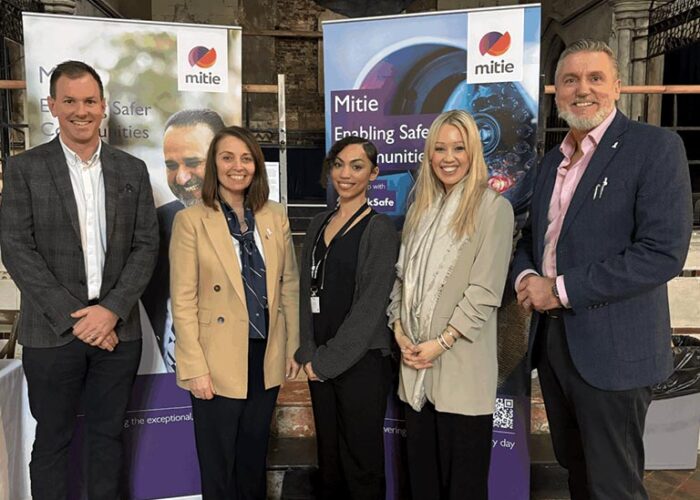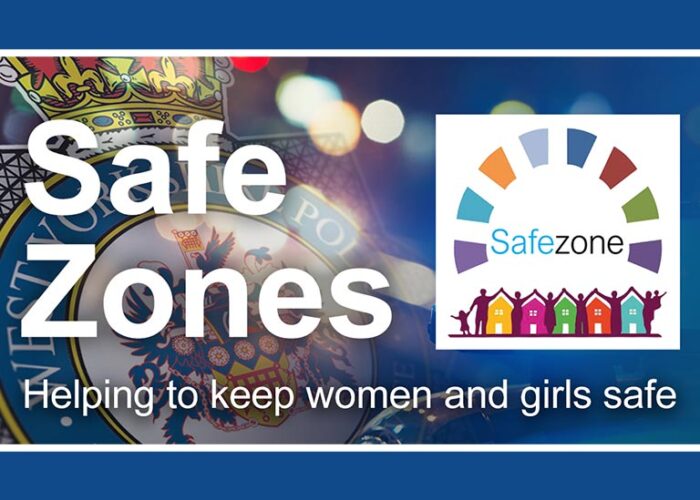News outlets and media pages seem to report more VAWG incidents than ever. In this rising epidemic, education is the most crucial tool in combating attitudes and behaviours related to VAWG. Starting early discussions on VAWG topics lays the foundations for equipping our kids with more knowledge and skills to navigate the complexities of this world safely. By having open and honest conversations about VAWG, we can help foster a strong sense of awareness and resilience for the next generation which will empower them the recognise potential dangers and advocate for themselves and others.
As parents, guardians, or caregivers – it is a vital role to prepare our children for conversations about VAWG. Children look to us for guidance and support is essential in creating a safe and nurturing environment where sensitive topics can be comfortably discussed. By initiating these conversations we can help to clarify issues and provide tools to help protect themselves and others.
VAWG hosts a range of harmful behaviours and actions that target individuals based on their gender including physical, emotional and sexual violence as well as coercion and control. VAWG can occur in any setting and includes homes, schools, and workplaces as well as any public or private space. It is essential to understand VAWG is not limited to physical acts and can also be verbal abuse, manipulation, and intimidation. VAWG comes in many forms and each has its own set of consequences and challenges, from bodily harm, humiliation, manipulation and unwanted and non-consensual sexual activity – it is crucial to identify warning signs and to teach children how to also identify these signs.
A lot of conversations about VAWG are often shrouded in stigma and shame which makes it challenging to have conversations and for individuals to speak out or seek help. By teaching children to learn about VAWG early on, we can irradicate the stigma and encourage powerful conversation where no topic is off-limits and support is accessible and known about. Building awareness around children about VAWG helps equip them to recognise warning signs earlier. We can do this by explaining consent, boundaries, and what healthy relationships look like and laying the groundwork for developing respectful and empathetic individuals.

By engaging in conversations about VAWG, we can begin to foster trust and strengthen bonds between parents/ guardians/ caregivers with their children. When we have those hard conversations with children and they can feel they can ask any question, they will feel comfortable discussing difficult subjects with us when they want to. Active listening to our children’s concerns and validating their experiences creates a supportive environment where they feel valued and understood.
Initiating conversations around VAWG is all about timing. It’s essential to choose a moment when both you and your child are relaxed and free from distractions. Avoid bringing up the topic during stressful or busy times as this may hinder open communications. Be mindful of timing to ensure you create a conducive environment for meaningful dialogue and ensure that your child feels heard and supported.
Make sure when discussing topics around VAWG that you tailor the messaging around their age and development stage. Younger children may need simpler explanations and sturdier examples to understand complex concepts, whereas older children may be able to grasp more complex subject matter. Use age-appropriate language and avoid overwhelming your child with information they may not be ready for. You must also be prepared to answer all questions openly and honestly as you can and provide reassurance if needed.
The most important aspect of discussion around these topics is the conversation around the importance of consent and boundaries. Teaching your child that everyone has the right to set boundaries and that they are to be respected is very important to understand how boundaries can be crossed. Encourage your child to speak up if they feel uncomfortable if someone crosses their boundaries and assure them that their feelings and decisions are valid. By instilling a culture of respect and autonomy, we can empower children to navigate interpersonal relationships with confidence.
Ensuring that your children are properly equipped with personal safety strategies is crucial for helping them navigate risky situations. Teach them to trust their gut instincts (as these are usually right) and encourage them to stay vigilant of their surroundings, especially in unfamiliar spaces. Teach them to enforce personal boundaries and to assertively say when they feel uncomfortable. You should also discuss specific safety measures such as staying in well-lit areas and avoiding isolated places.
As parents, guardians, or caregivers, we play a vital role in ensuring our children’s safety. By starting early conversations around topics of VAWG we can begin to empower our children to recognise and respond to potential dangers. By teaching about Consent and boundaries, we begin to establish a trusting relationship based on mutual respect and can help encourage our children to recognise when to interject and prevent wrongdoing to others or themselves. It’s essential to inspire hope and optimism in our children through healthy and open conversations and providing them with the knowledge and resources to help others and themselves should they need it.


